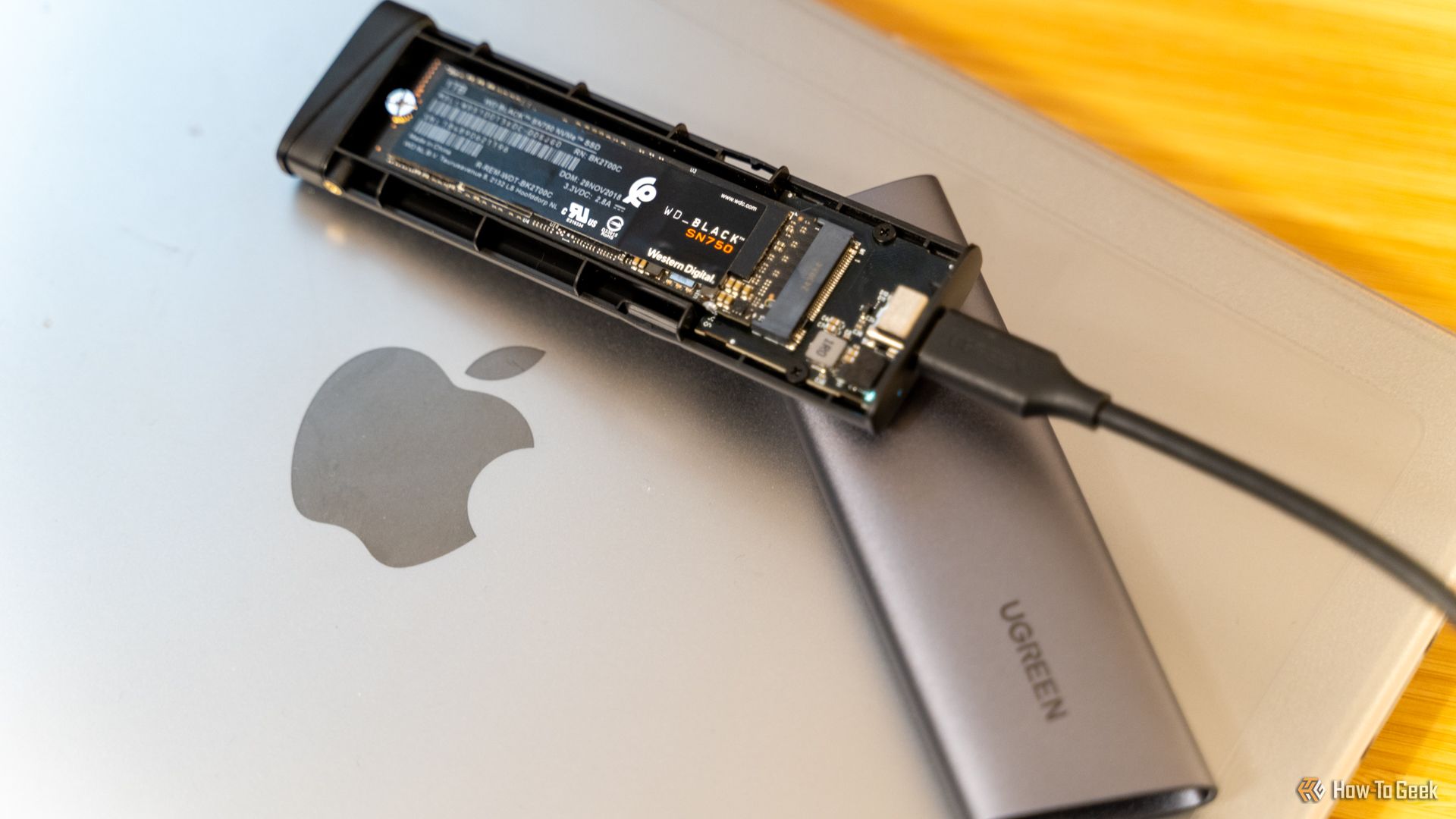How To Set Up Free SIP Calling On Any Device

Session Initiation Protocol (SIP) allows one device to find another and establish a connection over the internet. It’s a protocol that initiates a session — other protocols are responsible for transferring data.
You can use SIP calling for voice calls, texting, video conferencing, and online messaging. Businesses can use SIP trunking to enable all of these channels for an entire office.
For SIP calling, all you need is a stable internet connection and a device with speakers and a microphone.
You may be familiar with Voice over Internet Protocol (VoIP), which relies on SIP and lets you make phone calls over the internet instead of the Public Switched Telephone Network (PSTN). Free VoIP phone services let you start SIP calling at no cost.
To get started, you don’t have to know anything about SIP or VoIP. Just download an app to start making calls from a computer, tablet, or even a watch. The real question, though, is should you?
1
RingCentral Office
Employees per Company Size
Micro (0-49), Small (50-249), Medium (250-999), Large (1,000-4,999), Enterprise (5,000+)
Medium (250-999 Employees), Enterprise (5,000+ Employees), Large (1,000-4,999 Employees)
Medium, Enterprise, Large
Features
Hosted PBX, Managed PBX, Remote User Ability, and more
What’s the catch with free SIP calling?
For consumers, there’s not too much of a catch.
You may have to endure some upsells in whatever SIP calling app you download, and there are bound to be inconveniences. It’s free. The people who make SIP apps usually want you to upgrade to a paid version, so anticipate a few snags.
If you are just trying to stay in touch with family and friends, a free SIP calling is not bad at all.
For business, I do not recommend free SIP calling. It’s a terrible idea. There are far better places to cut costs.
Your business depends on your ability to communicate seamlessly with customers, prospects, partners, and vendors. A single-person business might be able to get by with free SIP calling — maybe — but for any larger organization, it falls well short of being a viable business communication solution.
Here are the limitations you’ll face if you consider using free SIP calling.
- Lack of security: Calls may be vulnerable to interception and fraud.
- Unreliable quality: Dropped calls, poor audio, and latency are common issues.
- Limited support: Free services rarely provide timely or dedicated customer assistance.
- Scalability issues: Features like call routing or integrations are often unavailable.
- Hidden costs: Usage limits or necessary upgrades may make free plans costly.
- Intrusive ads: Some services include ads that undermine professionalism.
On its own, each one of these reasons is enough to avoid free SIP calling for your business. Don’t you want rock solid VoIP security? Don’t you need call routing and other basic phone system administration features?
I cannot, in good faith, recommend free SIP calling for business. You will be much better off with a cheap VoIP phone service, even if you are a solopreneur with the super basic phone system needs.
Free SIP calling apps
Most of these apps are simple and straightforward to use. For free SIP calling, you only need a device and a reliable internet connection. The app will turn your computer or tablet into a softphone capable of making calls over the internet.
There are no special requirements other than choosing an app that suits you. You just need to download the app to your device and create an account.
Most of these SIP calling providers have paid apps in addition to free ones. The free apps are fine for personal use, but I would definitely upgrade to a paid plan if you want to use SIP calling for your business.
1. Zoom
Zoom is a popular VoIP application that allows customers to implement voice calls on any SIP-compatible device. Zoom phone is a feature-rich cloud-based phone system that provides on-demand scalability and connects to SIP trunks worldwide.
Zoom Basic is its free plan. Here’s what you get:
- Video calls or meetings up to 40 minutes long
- Up to 100 participants per meeting
- Meeting captions
- Team chat
- End-to-end encryption
There are a few more features, such as Zoom whiteboards, email, and a calendar client. You also get integrations with tools from Microsoft, Google, and popular CRM software like Salesforce and HubSpot.
Zoom allows owners or administrators on iOS and Android mobile devices to record, forward, transfer, hold, and block calls. Upgrading to a paid Zoom plan gives you a lot more features, but the basic plan is fairly good compared to free plans from other providers.
Check out our Zoom review to learn more about it.
2. OnSIP
OnSIP is a hosted VoIP provider that allows you to make and receive calls to an SIP address with a free SIP account on any device (laptop, smartphone, or computer).
OnSIP’s free SIP hosting lets you make voice or video calls on any standard SIP application. Therefore, OnSIP recognizes when you dial a SIP address number and automatically handles it as a free call. The free OnSIP account allows you to add up to 100 users with unlimited extensions.
As a result, you have the leeway to easily build an entire network of SIP accounts for your team.
The phone calls you make with your OnSIP network of users are handled within your local area network (LAN). Because it doesn’t go through the internet, you can make OnSIP calls to your LAN OnSIP network if your internet connectivity is down.
Check out this OnSIP review for more information.
3. Zoiper
Zoiper provides free softphones for non-commercial use alongside its paid versions. It offers mobile downloads for Android and iOS and Linux, Mac, and Windows versions for the desktop. In addition to SIP, Zoiper also supports the Inter-Asterisk eXchange (IAX) protocol.
Zoiper is used by businesses, service providers, and operators, such as VoIP integrators, mobile operators, and call centers, that need softphones independent of their service providers. For your convenience, Zoiper aggregates and integrates your contacts from email services such as Outlook, including operating systems like Windows, Android, iOS, etc.
Zoiper also integrates with the top customer relationship management (CRM) software, allowing you to connect sales and customer business contacts with your phone system. It facilitates these cross-platform integrations by providing its own software development kit (SDK) for developers.
Other free SIP calling apps with special features
If none of my recommendations hit the spot yet, there are plenty more apps with free SIP calling features to explore:
- Skype: This Microsoft app is popular with Android users. Skype allows users to stay in touch with each other with free video calls and text messaging for up to 100 people.
- WhatsApp: This is a truly international messaging app and VoIP service used in over 180 countries to share voice, and video calls, text, files, and photo images. One prominent feature distinguishing WhatsApp from other VoIP and instant messaging (IM ) apps is its end-to-end encryption, which provides users with reliable security while chatting.
- Viber: Like WhatsApp, Viber provides free secure calls and messaging through end-to-end encryption. However, Viber offers users more personalization opportunities through customization and the ability to create communities and hide conversations from other participants.
In the hunt for a free phone app with everything you really want, you are bound to find a few sketchy services. I wouldn’t download anything that’s really new. I would also stay away from apps without a lot of reviews or other social proof.
SIP calling for business
There are so many different ways to set up SIP calling for your business. You could explore the paid plans from some of the vendors we have already covered, but I recommend checking out the best VoIP phone providers and top SIP trunking providers.
Let’s run through what these different options and the kinds of capabilities your business will get.
SIP trunking
SIP trunking creates a virtual connection that links your Private Branch Exchange (PBX) — whether on-premises or cloud-based — to the PSTN via a VoIP service or ITSP (Internet Telephony Service Provider). This enables SIP-based calling over the internet.
Essentially, a SIP trunk represents a “bundle” of virtual phone lines, with each individual line referred to as a channel. Traditional phone systems use physical trunks made of copper-wire lines, which limit the number of concurrent calls by the number of reserved lines.
In contrast, SIP trunks are virtual and can typically support an unlimited number of channels, limited only by the internet bandwidth available. Each SIP channel accommodates one call at a time. The number of channels you need depends on your business’s peak call volume.
When is SIP trunking a good idea for business?
- Call centers: Supports high call volumes with scalable, cost-effective, and reliable communication.
- Retail chains: Unifies phone systems across locations for seamless internal and external communication.
- Legacy equipment: Allows you to keep using analog equipment and transition to cloud gradually.
VoIP phone services
VoIP phone services allow businesses to make and receive calls over the internet instead of traditional phone lines. These services convert voice signals into digital data that travels over a network. VoIP phone systems are highly versatile, supporting devices like desk phones, computers, and mobile apps for seamless communication.
Unlike traditional landlines, VoIP services are not limited by physical infrastructure, making them highly scalable and cost-effective. They also include features like call forwarding, voicemail-to-email, video conferencing, and integrations with business software.
Who should think about using VoIP phone services?
- Startups: Affordable and easy to set up, VoIP supports flexible, internet-based communication for small teams.
- Distributed teams: Enables seamless, secure communication across locations and devices.
- Global businesses: Reduces international calling costs while supporting features like virtual numbers for local presence.
The final word on SIP Calling
We have covered a ton of ground in this post, but there is a lot to know.
For consumers, the free SIP calling apps will work just fine. If you are a business that requires HIPAA compliant VoIP, obviously the free stuff doesn’t work.
Free SIP calling might appear attractive for cost-conscious businesses, but its limitations make it completely untenable for 99.99 percent of businesses. There are plenty of excellent business phone services for every budget.
Source link











